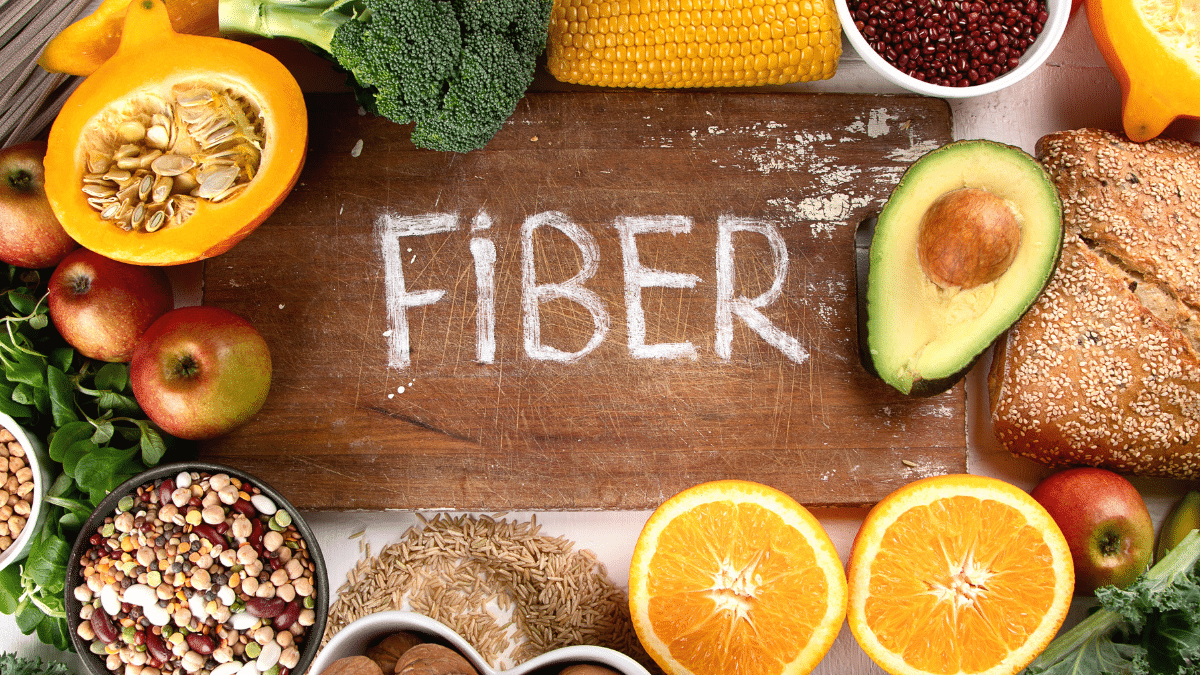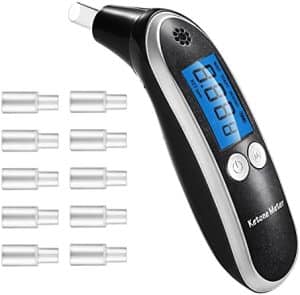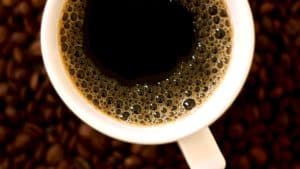Feeling hungry on a fat loss diet? You’re not alone. Hunger is the #1 reason people abandon a calorie deficit. But what if you could eat fewer calories and feel full? That’s where fiber for fat loss becomes your secret weapon.
Let’s explore how fiber keeps you satisfied and how to use it to crush cravings, stay in a deficit, and drop body fat sustainably.
🔍 What Is Fiber and Why Does It Help Fat Loss?
Fiber is the part of plant foods your body can’t digest. It adds bulk to food without adding calories. More importantly, fiber slows digestion, regulates blood sugar, and triggers satiety hormones—all of which help you stick to a calorie deficit.
In math terms:
Less than 5 grams of fiber per 1000 calories = higher hunger and calorie creep.
More than 15 grams per 1000 calories = higher satiety and better fat loss adherence.
🧠 How Does Fiber Help You Stay Full?
Let’s break it down by behavior and biology:
1. Slows Gastric Emptying
Fiber-rich foods stay in your stomach longer. This extends satiety signals to your brain so you don’t feel the need to eat as often.
2. Expands in the Gut
Soluble fiber absorbs water and forms a gel. This expands the volume of food in your digestive tract, making you feel fuller with fewer calories.
3. Blunts Blood Sugar Spikes
Fiber slows the absorption of sugar, preventing crashes that cause hunger. Stable blood sugar = stable energy and fewer cravings.
🥗 What Are the Best Fiber-Rich Foods for Fat Loss?
The key is to choose foods that are high in fiber but low in calories—so they maximize satiety per calorie.
| Food | Fiber (g) | Calories |
|---|---|---|
| Chia Seeds (1 tbsp) | 5g | 58 |
| Avocado (½) | 7g | 120 |
| Lentils (1 cup) | 16g | 230 |
| Broccoli (1 cup) | 5g | 55 |
| Raspberries (1 cup) | 8g | 64 |
| Oats (½ cup dry) | 4g | 150 |
Tip: Combine these with lean proteins (like chicken, eggs, or tofu) to create meals that hit your calorie target and crush your hunger.
📊 How Much Fiber Do You Need for Fat Loss?
The USDA recommends:
- Women: 25g/day
- Men: 38g/day
But if you’re in a calorie deficit, think in fiber density:
Aim for 14–18 grams per 1000 calories consumed.
If you eat 1600 calories per day, aim for 22–28 grams of fiber.
🧮 A Math-Based Example of Fiber Impact
Let’s say you eat 1500 calories with just 10g of fiber.
- Hunger kicks in by hour 2.
- Cravings lead to a 400-calorie snack.
- Now you’re at 1900+ calories = no fat loss.
Now compare that to 1500 calories with 30g of fiber:
- Meals are slower to digest.
- You feel full for 4–6 hours.
- No need for snacks = you stay in a deficit.
Behavior + Math = Better Results.
💡 What’s the Best Way to Add More Fiber?
✔ Start Slow
Too much fiber too fast can cause bloating or GI distress. Add 5g/day each week.
✔ Drink More Water
Fiber needs water to move through your gut. Dehydration = constipation.
✔ Eat Whole Foods
Whole grains, fruits, legumes, and vegetables beat processed bars or powders.
✔ Track Your Fiber
Use MyFitnessPal or just count servings of veggies/fruit to estimate.
❓Can You Overeat on Fiber?
Yes—fiber-rich foods still have calories. You can’t eat unlimited avocado or nuts and expect fat loss. But overeating broccoli or berries is much harder than overeating chips or cookies.
Rule of thumb: If a food is high in fiber and low in calories, it’s fat-loss friendly.
🧠 Key Takeaways: Why Fiber Is Essential for Fat Loss
- Fiber increases fullness and reduces calorie intake without hunger.
- Aim for 14–18g of fiber per 1000 calories consumed.
- Whole foods like lentils, vegetables, and berries outperform supplements.
- Pair fiber with protein for even better appetite control.
- The Dangers of Ketosis While Fasting
- How to Use Functional Exercise to Improve and Determine Longevity
- How to Use a Breath Ketone Meter on a Fast or Keto Diet
- How to Survive a Prolonged Fast: A Practical Guide for Fat Loss and Health
- My 7-Day Fasting Journey: A Fitness Detox Story
Subscribe now and get a 14-day free trial workout app for iPhone users.





